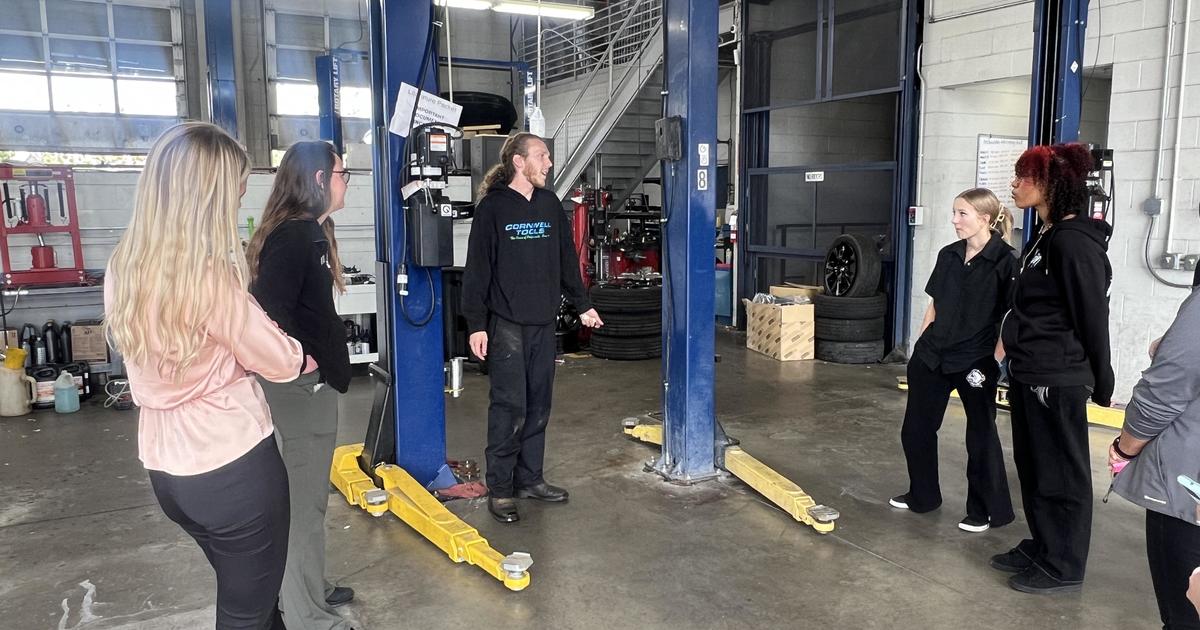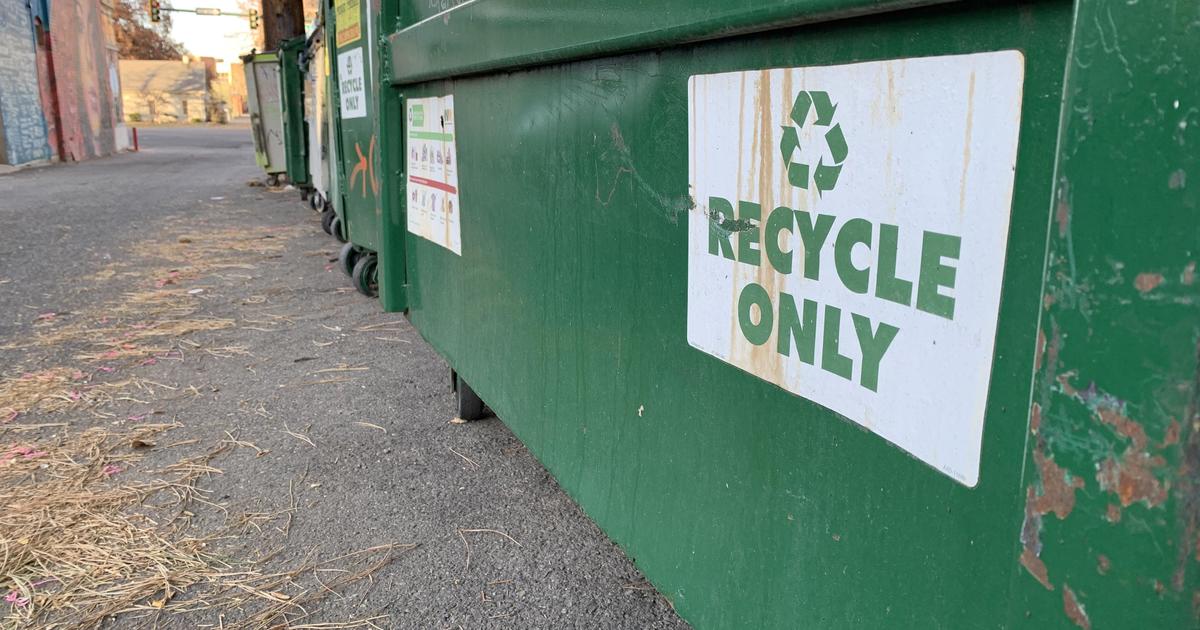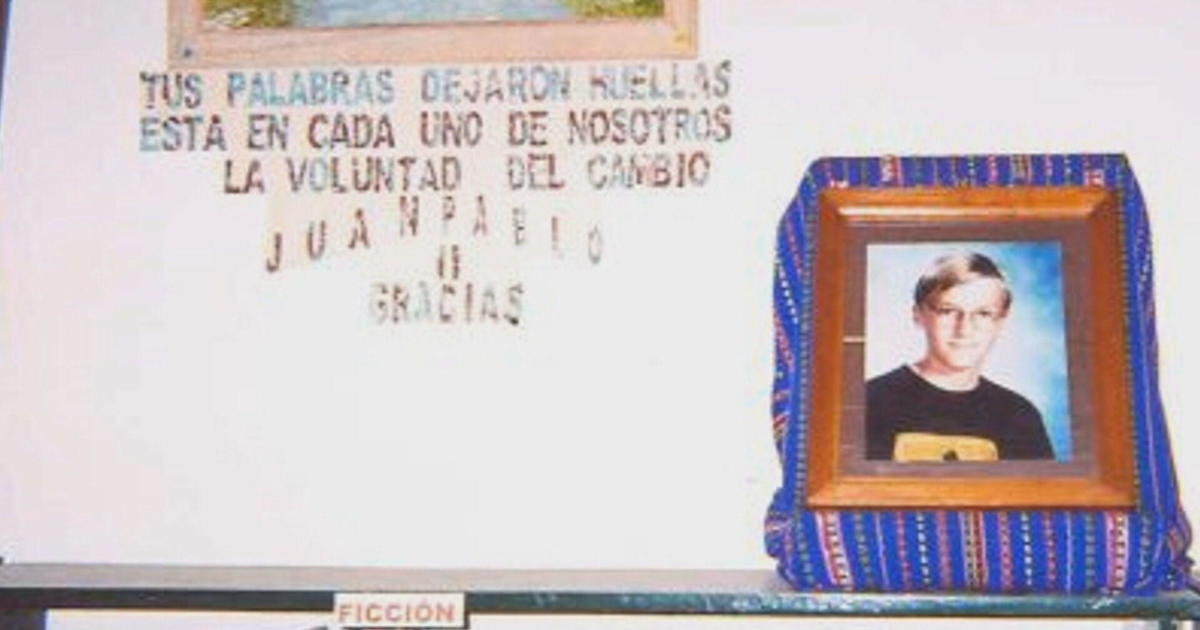How Have Things Changed Since The Shootings At Columbine High?
LITTLETON, Colo. (CBS4) - Ask dad Bill Flavors as he heads to school to pick up his daughter. Even now, ten years later, he worries "slightly" about her safety at school. But he knows there's only so much you can do.
"Can you really totally stop (violence)? No, I don't think so without making the school a prison."
For the most part, few of us worried much about mass shootings at schools until the killings at Columbine left us stunned, baffled and emotionally mixed up; sad, then angry, demanding change, but then dragging our feet on it.
Flavors' daughter goes to Cherokee Trail High in a part of Aurora that had far fewer homes ten years ago and no high school. The area thrives partly because of the reputation for quality in Cherry Creek schools. Safety is something they haven't been able to ignore.
"We look at everything," said Cherry Creek's director of safety and security Randy Councell. "We try to encourage people to let us know what's going on internally and we work very closely with our agencies outside the schools."
Students have become a part of the security chain.
"One of the things we have is positive behavior support, which is just a structure to teach kids the expectations," said Cherry Creek's director of student achievement services Diane Bernero. "There's common language throughout the school and kids know what's acceptable and what's not."
What's not is threats of violence.
"They'll jokingly say 'I'm going to get you,' or 'I'm going to kill you,' or, you know, we take those things a lot more seriously." Bernero said.
The district, like a lot of districts, has set up a telephone line for students to report things that worry them. There are teachers they can go to confidentially to talk.
"I think that we're helping kids understand that in order to be safe and keep their peers safe that they have to sometimes call the CARE line or go to an adult where they feel comfortable," Bernero said.
It's not just what students say. It can be what they draw or write.
"We look at those and we do danger assessments on kids if we think that there needs to be an intervention," Bernero said.
Those assessments involve a danger assessment protocol.
"And then there's a rating and they rate them whether they're high, low etcetera. Those are sent over to the district office; we do keep those."
They follow the students through the schools.
Schools have also drawn a very firm line on weapons. At Cherokee Trail this year a girl was expelled for having drill team rifles in her SUV in the school parking lot. State law required the expulsion. She was later allowed to return to the school.
Schools like Cherokee Trail, built after the Columbine tragedy, not only feel different, but look different.
"We have camera systems that help us now monitor the inside and outside of our buildings," said Councell.
School security outside the building at night can use laptops to link in to the system and see what's going on inside. The cameras can also be remotely monitored from district headquarters. Schools and law officers practice for disaster, evacuations and lockdowns. Newer buildings are designed to have fewer hiding places and ways to seal off areas to contain people.
Then there are the changes in law enforcement.
"For years there was a philosophy in law enforcement that was driven by learning from real events that the right thing to do when you came to a situation with a gunman was to put up a perimeter and slow things down," Former Boulder County Sheriff George Epp, a member of the Columbine Review Commission said.
That tactic is widely believed to have led to the death of wounded teacher Dave Sanders. Epp says now, assessing the situation quickly is the critical element.
"The Columbine incident was kind of an "ah-ha" for law enforcement that there are going to be different situations with what we're now calling active shooters where you've got to run in and take immediate action."
The possible need to rush in has rippled through several areas of law enforcement resulting in changes in policies, training and equipment.
"There's been training that's been developed for patrol officers on how to intervene, how to move how to take cover, how to work together with other officers," Epp said.
Many first responders now have bigger weapons. Epp refers to the shooting at Eldora ski area in December of 2008 and the actions of Deputy John Seifert on a lonely road where Seifert shot and killed the suspect. Seifert used a powerful weapon he might not have had before the shootings at Columbine. Epp also refers to the shootings at a school in El Cajon, Calif. in 2001 where a school shooting suspect was shot by an officer who did not hesitate to move in and fire. It is widely believed the officer's wounding of the gunman prevented further tragedy. Four had already been shot by the high school senior who had opened fire on classmates.
There continue to be school shootings, but it's hard to quantify what's been prevented. Cherokee Trail student Richard Senser knows life is different since a shooting that happened when he was only a young grade school student.
"With our generation, we have to deal with more gun violence, more gang violence, in my opinion ... than your generation," Senser said.
There's an element of bravery in his point of view about the frightening possibility he faces as a student.
"Violence is a growing trend throughout our world. If we like, don't feel safe in our schools, then how are we supposed to feel safe throughout our life," Senser said.
-- Written by Alan Gionet



